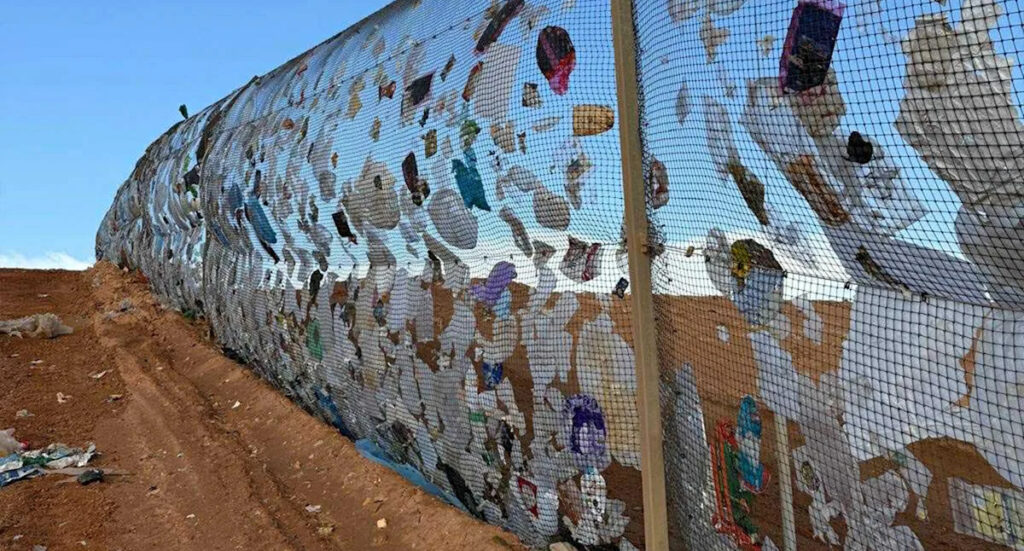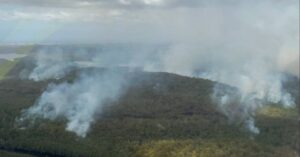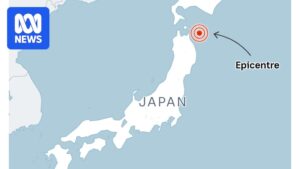
Australia is grappling with a significant waste management challenge, sending approximately 20 million tonnes of waste to landfill annually. As these waste sites expand, the debris often drifts towards their perimeters, posing environmental risks. With the nation’s population and consumption levels on the rise, the volume of waste is expected to increase, amplifying the urgency of effective waste containment strategies.
In response to this growing issue, a specialized industry has emerged, focusing on the maintenance and replacement of extensive fencing around landfill and recycling facilities. These towering fences, often overlooked, play a crucial role in containing litter such as old chip packets, scraps of paper, and supermarket bags. Recent images captured by Litter Nets Australia underscore the vital function these litter nets serve in environmental protection.
The Role of Litter Nets in Waste Management
Vahan Tchilinguirian, spokesperson for Litter Nets Australia, highlighted the company’s pivotal role in addressing complaints received by the Environment Protection Authority. With over 10,000km of fencing installed nationwide, the company provides essential solutions to prevent litter from spreading to farms and roads, where it poses a threat to wildlife and livestock.
“If they weren’t there, you’d have litter across farms and roads. Birds and cattle would potentially choke and die,” Tchilinguirian explained.
The effectiveness of these nets is not limited to waste containment. At the recent Waste Expo in Melbourne, where Litter Nets Australia was one of two companies showcasing their products, the versatility of these nets was a focal point. Despite the introduction of high-tech waste management gadgets like FOGO bins, which convert food scraps into soil, the fundamental design of litter control netting has remained largely unchanged for over two decades.
Technological Innovations and Challenges
The Waste Expo also featured innovations such as technology that transforms unused paint into concrete. However, the enduring design of litter nets remains a testament to their effectiveness. These nets are engineered to withstand winds of up to 100km/h, secured with anchors to prevent them from toppling over.
The standard netting around landfill sites features 40mm holes, sufficient for capturing most debris. However, recycling centers require a finer gauge to trap microplastics, necessitating a more intricate design. Interestingly, companies that manufacture litter nets often diversify their offerings, producing nets for capturing golf balls at driving ranges, which require a 20mm gauge.
Environmental and Economic Implications
The installation and maintenance of these extensive fencing networks have significant environmental and economic implications. By containing waste, these nets help preserve the natural landscape and protect wildlife from harmful debris. Economically, they reduce the costs associated with cleaning up litter and mitigate potential fines from environmental regulatory bodies.
As Australia’s population continues to grow, the demand for effective waste management solutions will likely increase. The fencing industry, though specialized, plays a critical role in this ecosystem, providing a practical and proven method for controlling waste dispersion.
Looking forward, innovations in waste management technology may offer new solutions, but the fundamental need for effective containment strategies remains. The ongoing development and deployment of litter nets will continue to be a cornerstone of Australia’s efforts to manage its waste responsibly and sustainably.





